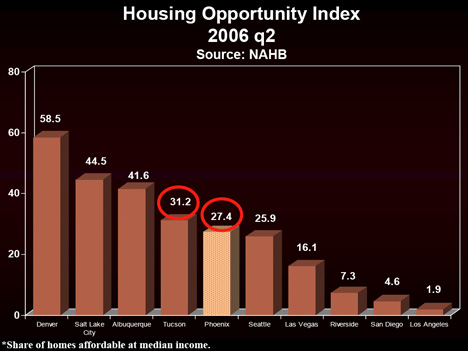Marlow Harris has a fascinating post on the barriers faced by Muslim buyers and real estate agents. Not to get too philosophical, but this actually ties in with Pope Benedict’s remarks earlier this week: Where Judaism and Christianity each represent measured compromises with Greek culture, Islam is in certain respects an anti-Hellenistic counter-revolution. (I can do this at a much more fundamental level, but you have to buy me beer.)
The Real Estate Bloggers address The new real estate paradigm — for real estate agents, citing the Mike’s Corner post I mentioned the other day. On the point, if you haven’t read it, take a look at my own entry on this topic, Seven essential skills of the 21st century real estate agent.
And The Phoenix Real Estate Guy posts a very funny rant on completely useless MLS listings:
I should probably cut the listing agent some slack about the photos. This is a new construction home after all. It was listed 569 days ago but was just completed in July. So the listing agent has only had 19 months to download a photo of the lot, the view, the home under construction or some sort of visual. Maybe a floor plan? And since it’s only been complete for 2 months, why should there be a photo of the never seen before pool design?
Indeed.
Technorati Tags: blogging, real estate, real estate marketing
